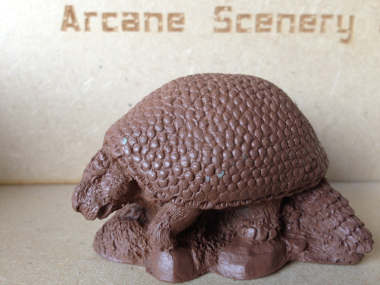Well, the drive to finish the troops in my latest battalion continues, although I do feel that I may be rushing things just to get the battalion finished. Continuing from where I left off last week, the next stage in the process was to paint the Belt plates, bayonet scabbard tip and musket plate in Brass, Vallejo 70801. I also added the buttons in steel and painted the waterbottle belt with Leather brown 70871.

Water bottle strap & belt plate added
At this stage I then turned my attention to finishing the back packs and equipment. This involved yet more white paint and the neutral grey 70992 for the blanket rolls. I also snipped them off of the sprue and tidied up the black and any other flaws caused by the cutting. A bit of a tricky operation but on balance , I do think that I have saved time by painting the back packs separately.
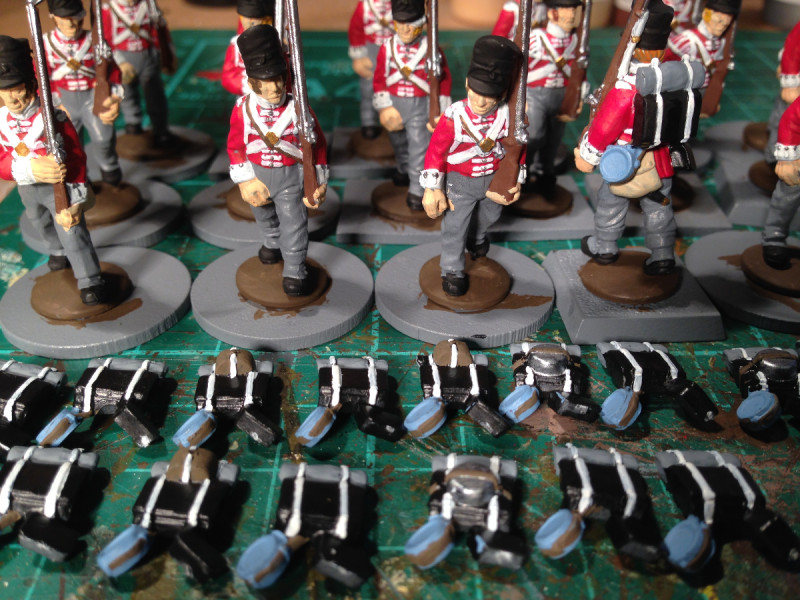
The quartermaster issues finished back packs!
The final stage of painting was then to tidy up any major paint overruns, touch up the grey trousers with neutral grey where necessary and add the white line to the bottom of the coats. I also painted the bases Vallejo chocolate brown, 70872 in preparation for basing the unit later and of course, attached the back packs using super glue. Polystyrene cement wont work too well because of the coat of paint- this is the only time that I would use super glue on a plastic figure!
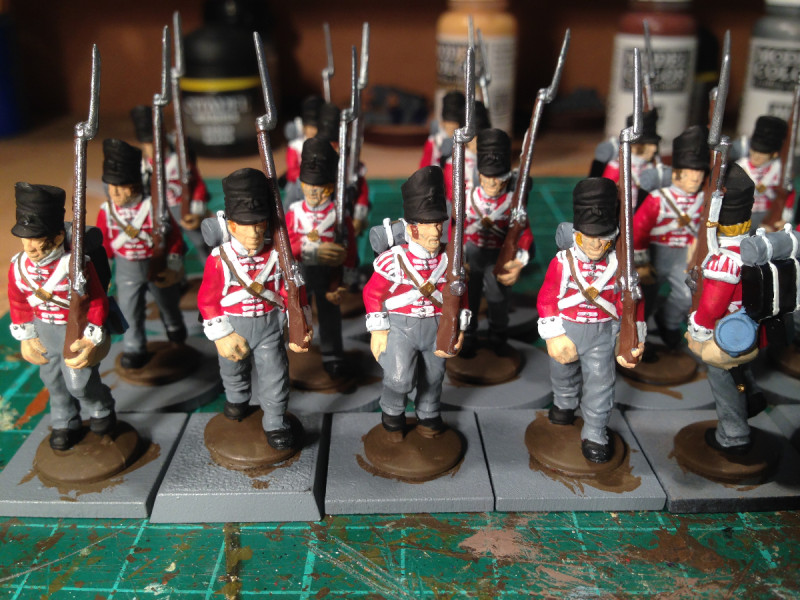
back packs on & bases painted.
Now comes the tricky bit. I paint the troops with Army painter Quick shade. I prefer the dark tone although I know that some will say that the Strong tone, which is more of a brown colour, would work better with the red coats. You could also use an ink wash at this stage, it would give you a similar result but the Strong tone has a varnish element to it which makes the figures more durable when on the table top and it is my intention that this unit will see plenty of action!
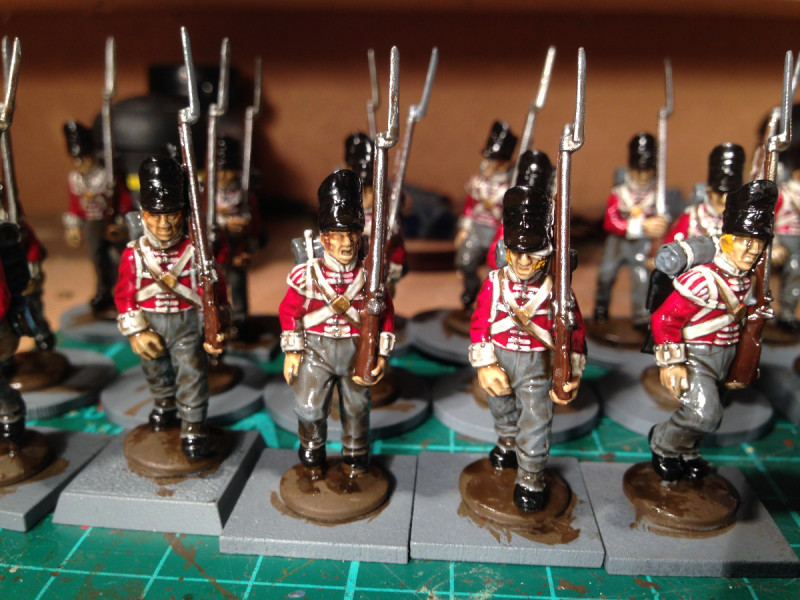
Dark tone applied
The next step is then to matt varnish the figures with Army painter anti shine. This again, can be a tricky operation as varnish can be troublesome so I tend to use a light coat at first. I’ll then give them a second light coat after I have based them. That said, I may just resort to using Vallejo Matt varnish and brush it on carefully where required.
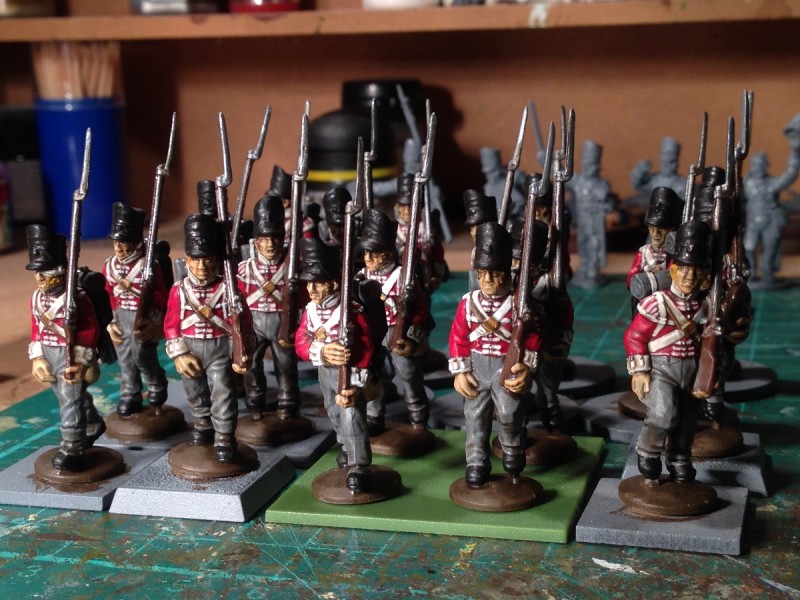
army painter anti shine first coat
At this stage they are just about table ready but there is a couple of things to do before the basing. I am going to re highlight some of the white to really make the cross belts stand out on the table and I’m going to paint the bayonets and buttons bright silver. This is also the time to have a last look at the figures and correct any obvious errors in painting. This may seem a step too far but it does help to tidy up the figures. It’s always a difficult decision to decide when a batch of figures are complete. Each time I look at them I can see something else that could be improved but at some point they have to move off of the painting desk and onto the gaming table! As you can see from the picture above, I wll base the figures in groups of four on 40mm x 4omm square renedra plastic bases. I like the renedra bases as they are not too thick and provided you are careful with the basing material, there will be no ‘warpage’. That said, If I was basing metal figures I do prefer thicker MDF bases. It’s all down to personal choice!
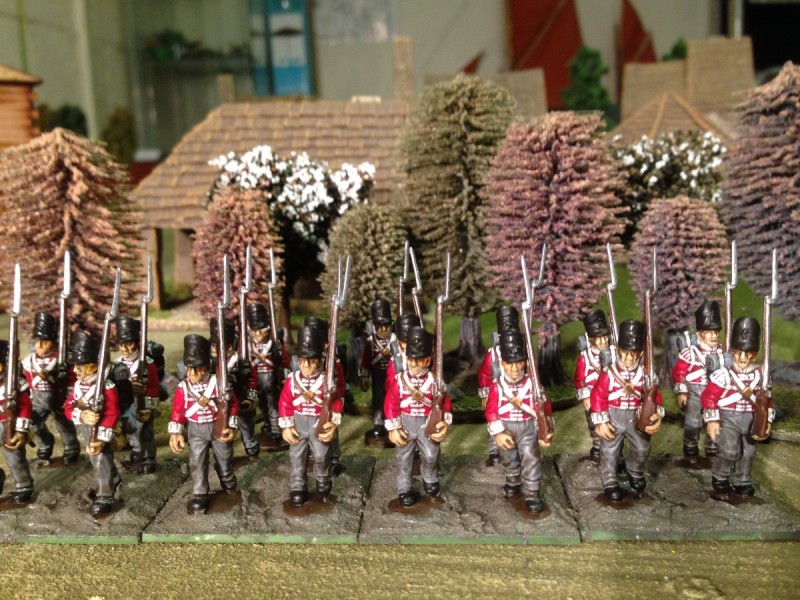
The 32nd foot on their bases!
You can see from the picture that I am nearly finished. I used the Vallejo Dark earth textured paste to mount the figures on their bases. There is no need to use glue. Just spread the paste all over the bases and then press the figures into the paste. I then used a cocktail stick to blend the paste over the bases. The textured paste is about the right colour but if you want to, you can paint it. I gave it a quick dry brush to bring out the texture using flat earth, Vallejo 70983 lightened with Iraqi Sand. The final touch was to add some green scatter and some tufts of Gamers grass to add some interest to the bases.
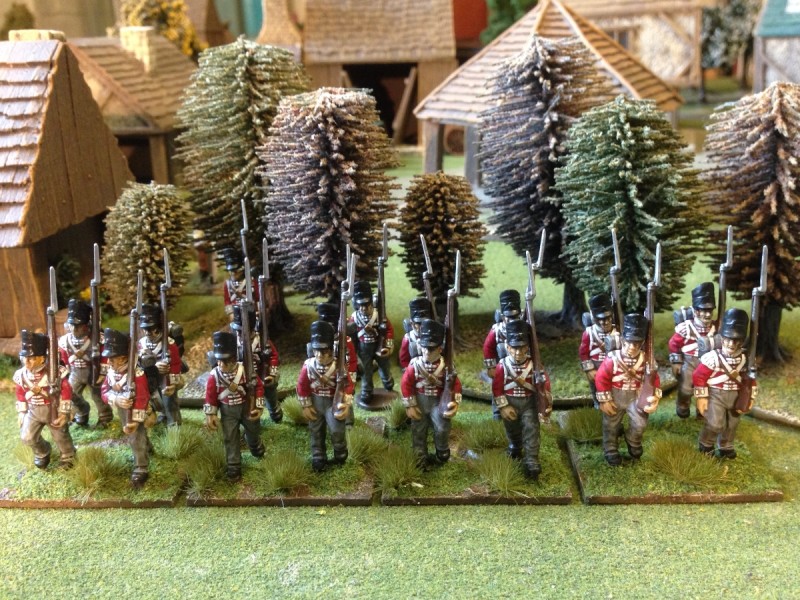
32nd Foot ready for action!
And so it is on to the next job, painting the command group. These are metal figures and are beautiful sculpts. I will take a bit more time with these, so it will be a week or so before the whole Battalion is really ready but for now, the troops are done! To be fair, not the best batch of troops that I have painted but for me, certainly the fastest. I think that I have spent about 12 hours in total on the 18 figures, which is about 40 minutes a figure.

Next up, the command group, primed and ready for painting!


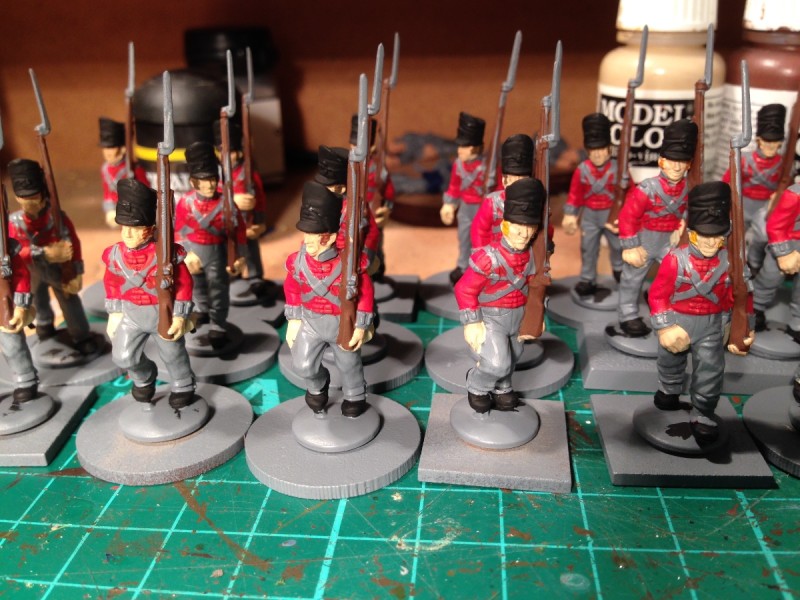

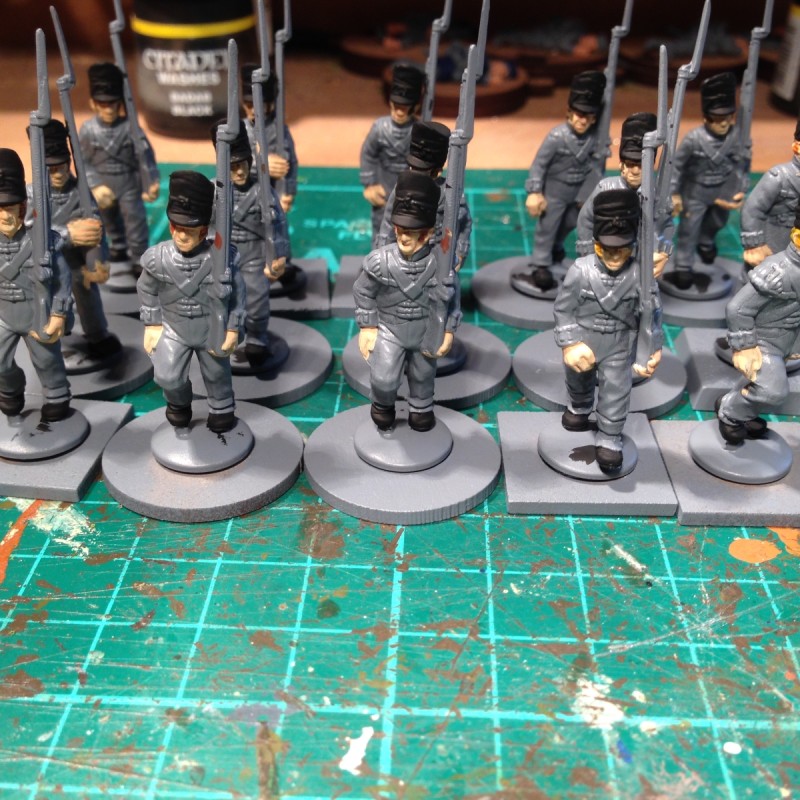



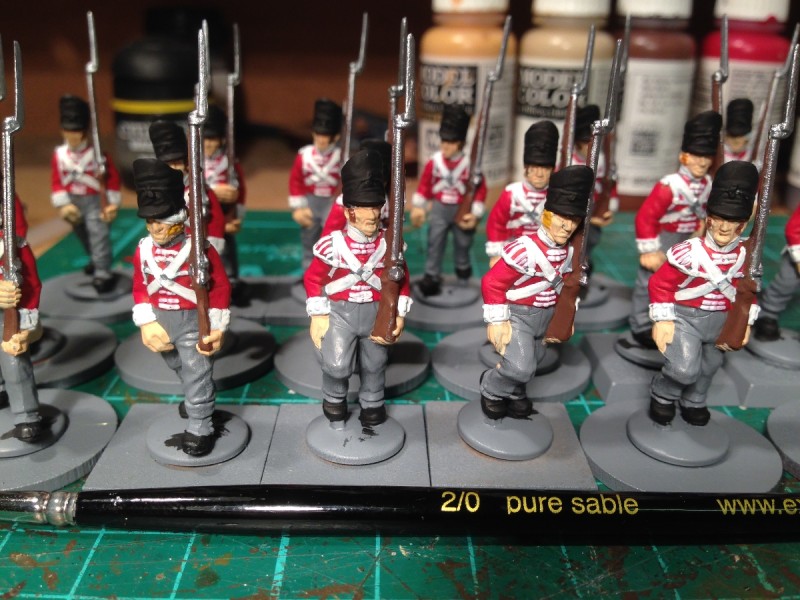

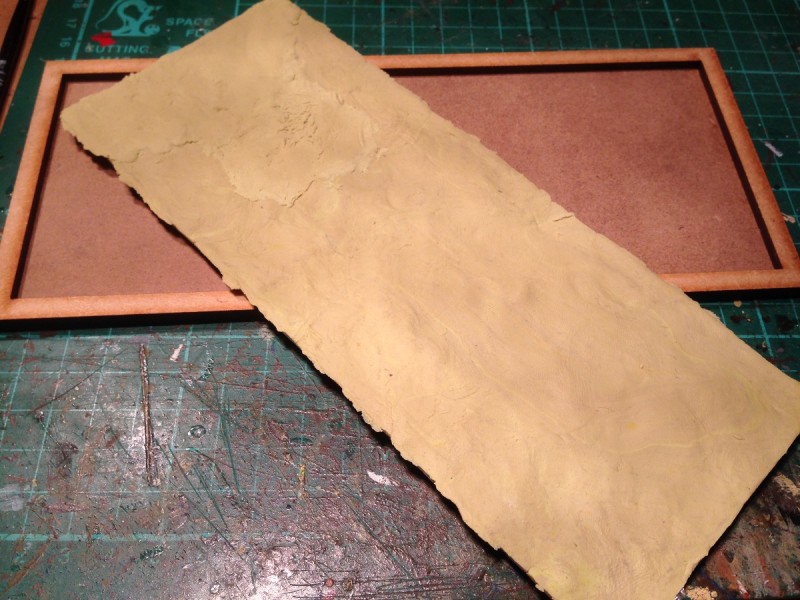
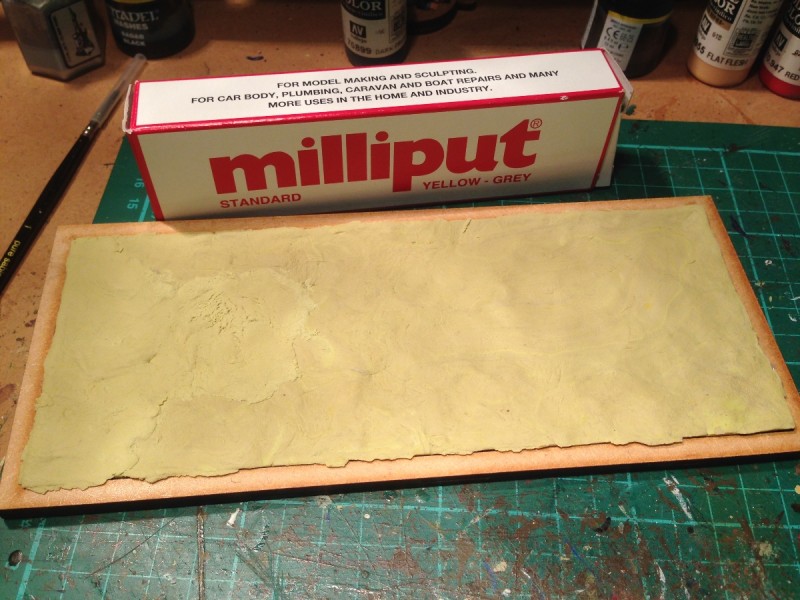



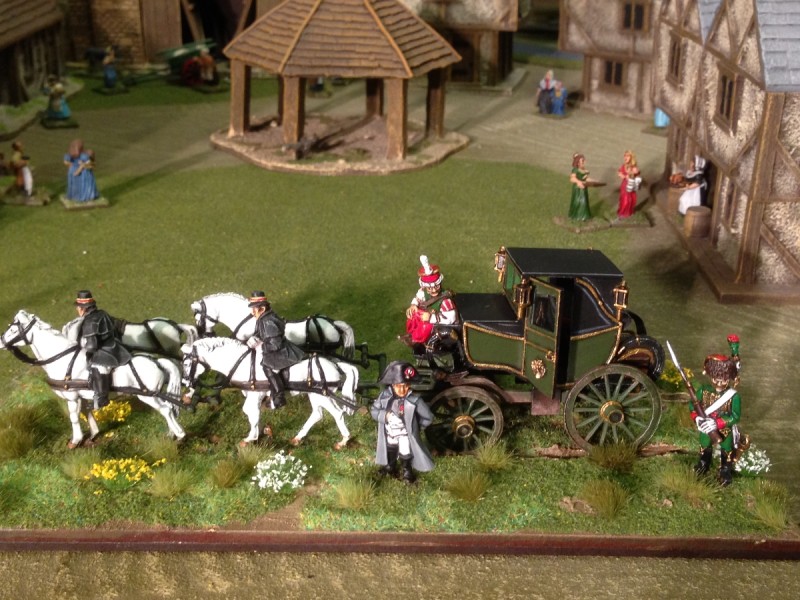

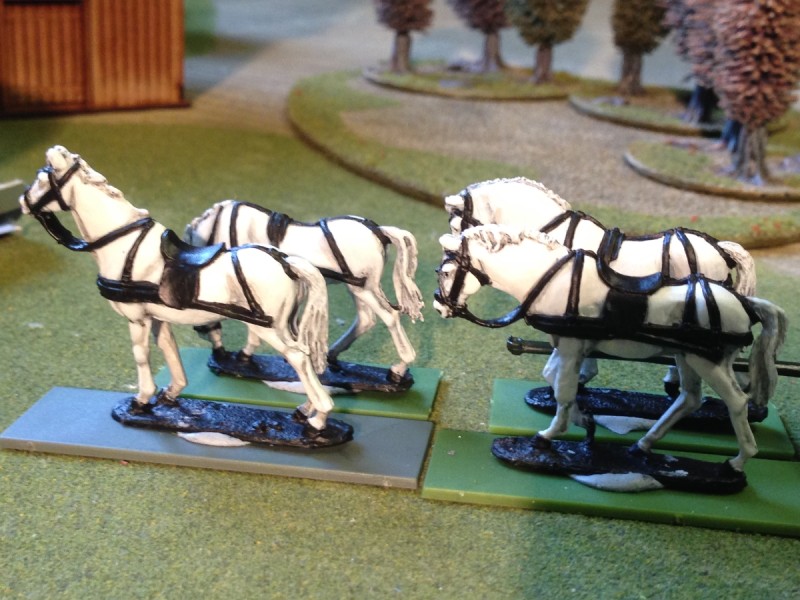
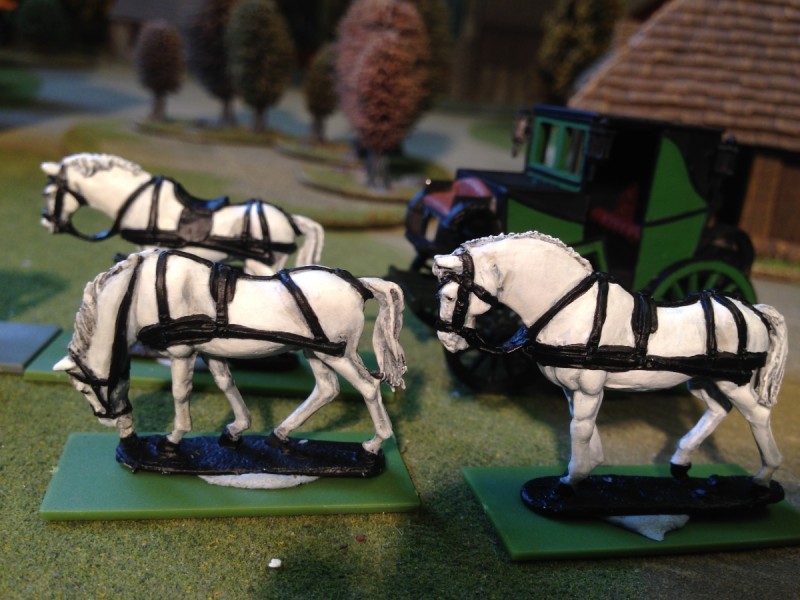

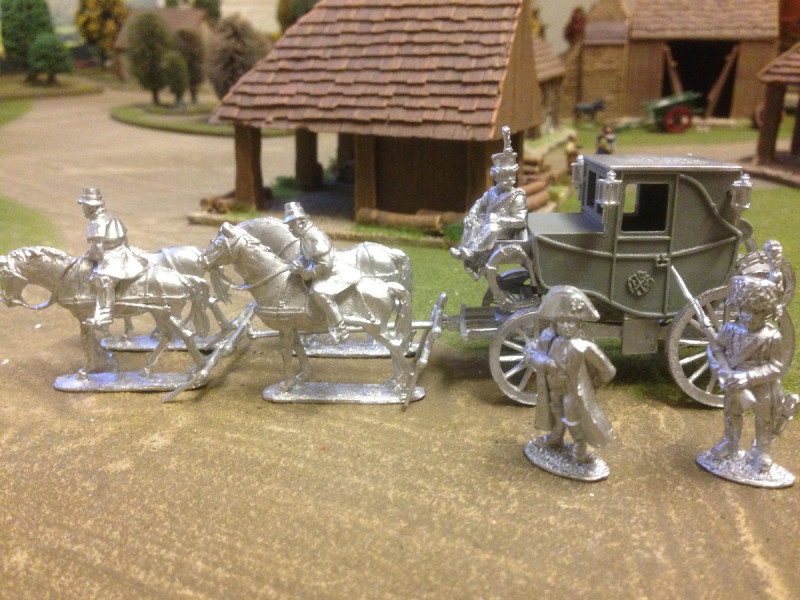
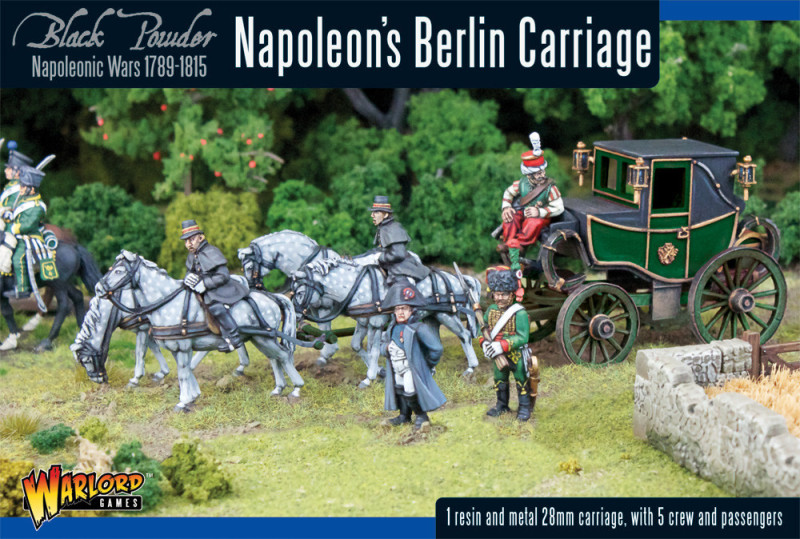


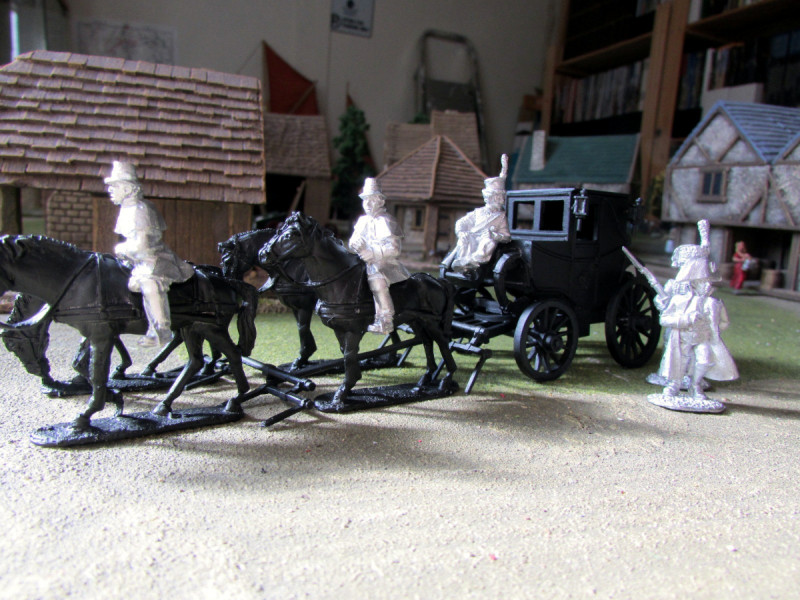
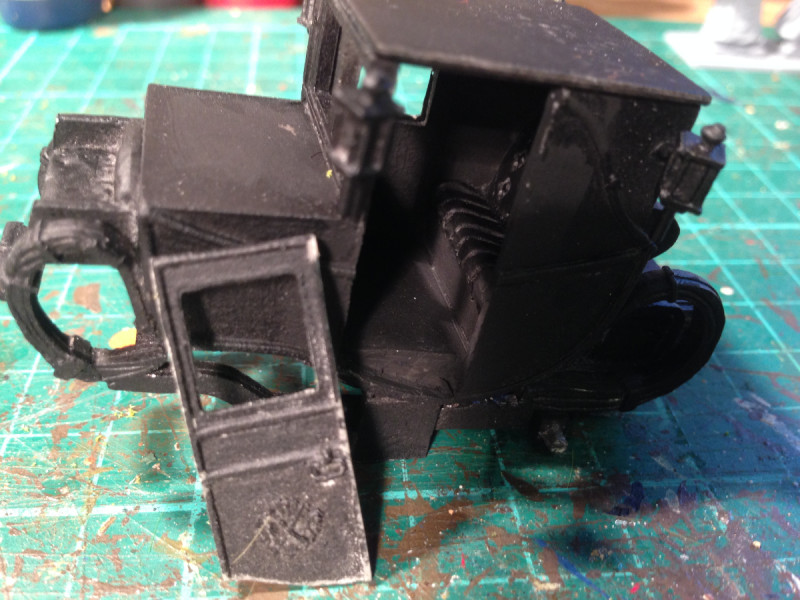
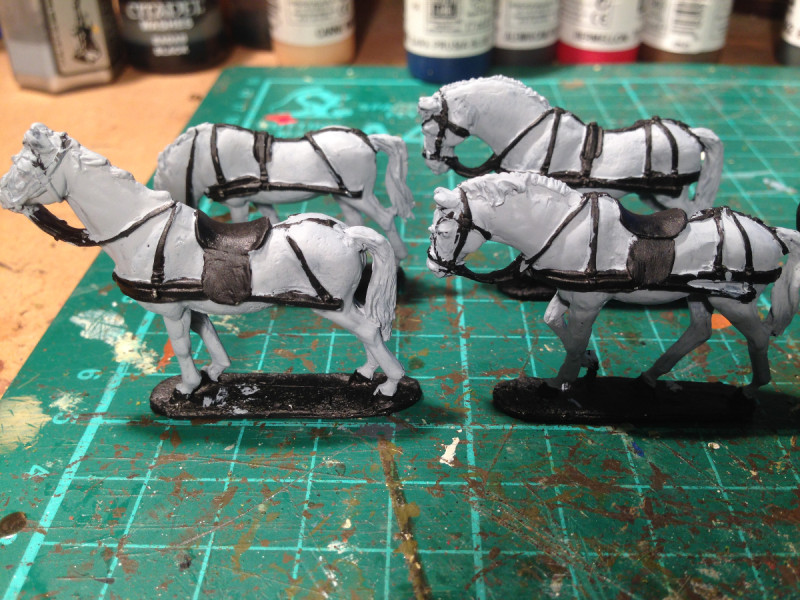


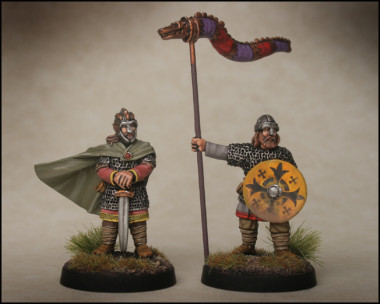
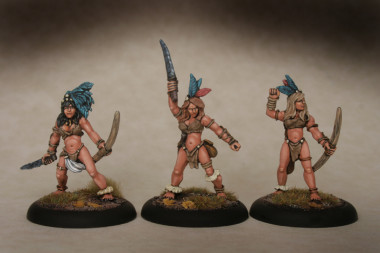
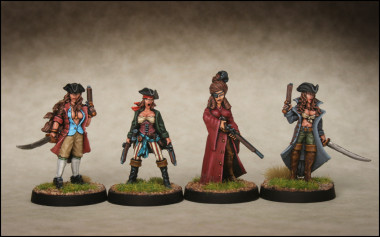
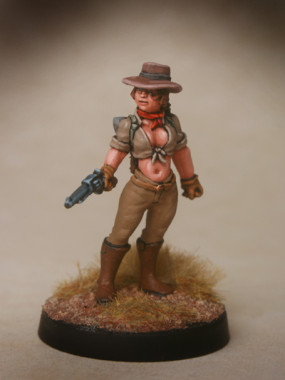
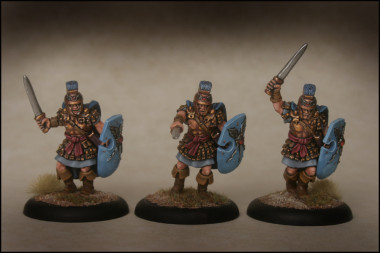

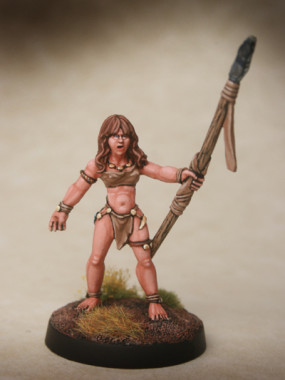

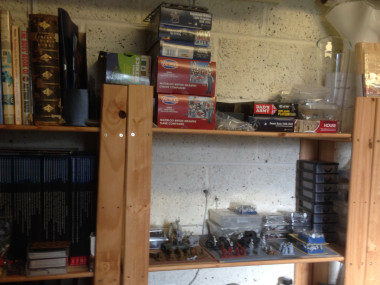
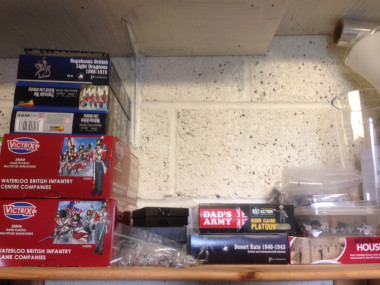

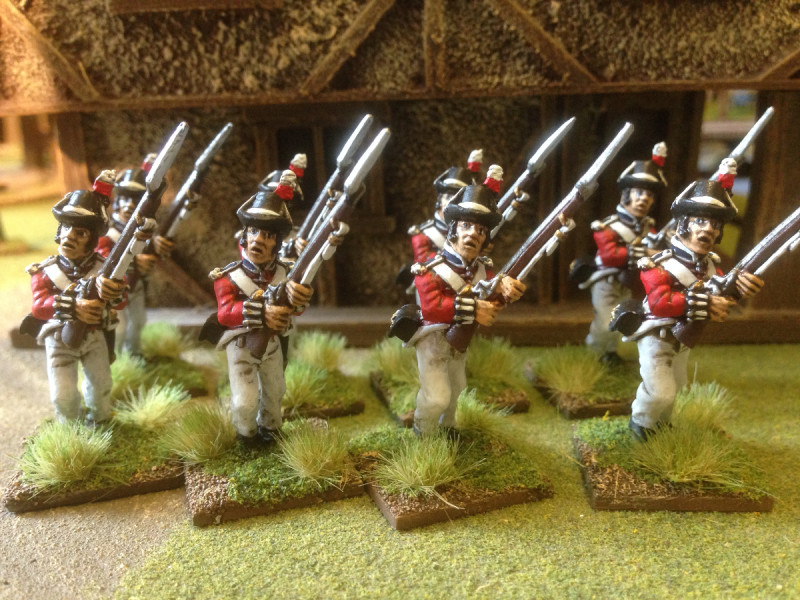

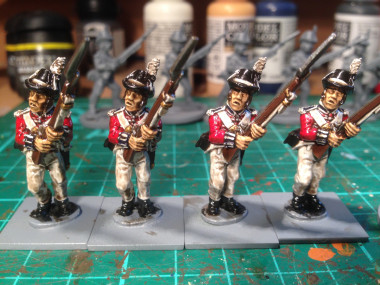
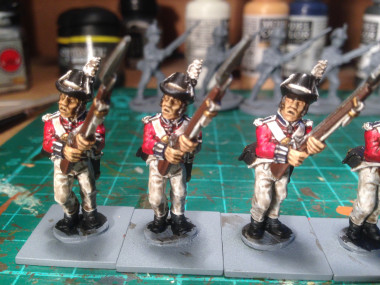
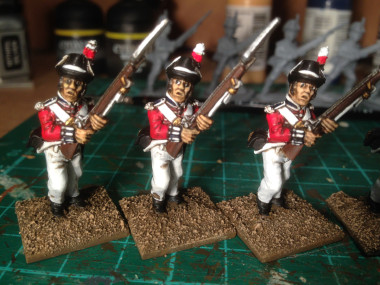

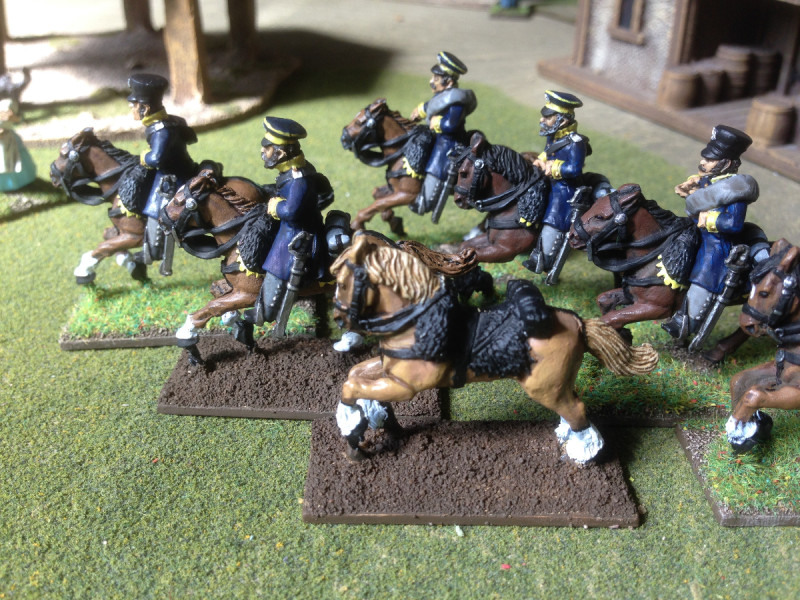



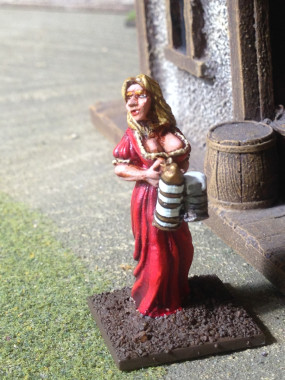

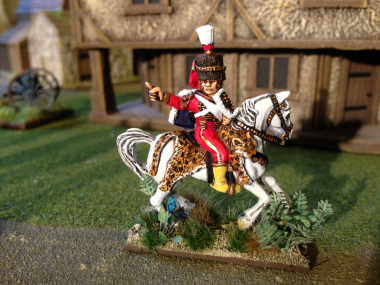
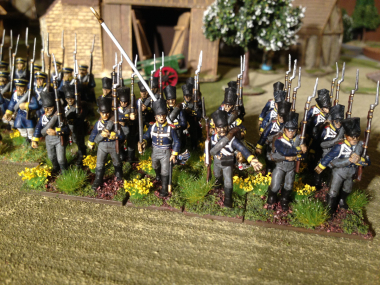


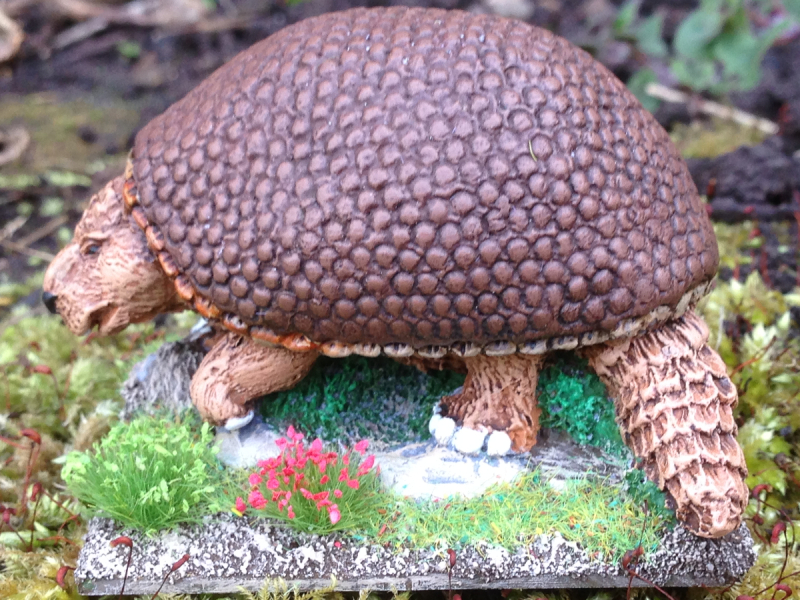
 As we go into the Easter break it seemed appropriate to paint something vaguely egg shaped and as the Glyptodon had been sitting forlornly on the work bench in just an undercoat I decided his time had come!
As we go into the Easter break it seemed appropriate to paint something vaguely egg shaped and as the Glyptodon had been sitting forlornly on the work bench in just an undercoat I decided his time had come!